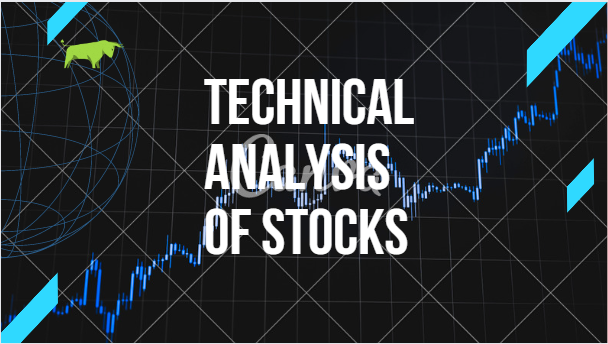Technical Analysis of Stocks
Technical analysis is a popular approach to evaluating stocks and other securities that involves analyzing statistical data generated by market activity. Traders who use this approach believe that the historical performance of a stock can be used to predict its future performance, and they use a range of tools and techniques to identify potential trade opportunities.
In this article, we
will explore the basics of technical analysis and the most commonly used tools
and indicators.
The Basics of Technical
Analysis
Technical analysis
involves analyzing charts and other data to identify trends and patterns that
can be used to predict future price movements. Traders who use this approach
typically focus on price and volume data, as well as other technical indicators
such as moving averages and oscillators.
The goal of technicalanalysis is to identify potential trade opportunities based on the historical
performance of a stock. Traders who use this approach typically use charts and
other visual aids to help them identify patterns and trends.
Commonly Used Tools
and Indicators
There are many
different tools and indicators used in technical analysis, but some of the most
commonly used include:
- Moving Averages
Moving averages are a
type of trend-following indicator that help traders identify trends in the
market. These indicators are calculated by averaging the price of a stock over
a certain period of time, and traders use them to identify potential trade opportunities
based on the direction of the trend.
- Relative Strength Index (RSI)
The RSI is a momentum
indicator that helps traders identify overbought and oversold conditions in the
market. This indicator is calculated by comparing the average gains and losses
of a stock over a certain period of time, and traders use it to identify
potential trade opportunities based on changes in momentum.
- Bollinger Bands
Bollinger Bands are a
type of volatility indicator that help traders identify potential changes in
the direction of a stock's price movement. These bands are calculated by
plotting two standard deviations away from a moving average, and traders use
them to identify potential trade opportunities based on changes in volatility.
- Fibonacci Retracement
Fibonacci retracement
is a tool used to identify potential levels of support and resistance in the
market. This tool is based on the idea that markets tend to retrace a
predictable percentage of their previous move before continuing in the same
direction.
- Candlestick Charts
Candlestick charts are
a type of chart used in technical analysis that help traders identify potential
trade opportunities based on patterns in the price movement of a stock. These
charts are designed to provide a visual representation of the relationship
between the opening and closing price of a stock over a given period of time.
Conclusion
Technical analysis is
a powerful tool that can help traders identify potential trade opportunities
based on the historical performance of a stock. Traders who use this approach
typically focus on price and volume data, as well as other technical indicators
such as moving averages and oscillators. By using these tools and techniques,
traders can gain a deeper understanding of market trends and potentially profit
from changes in the price of a stock. However, it is important to note that
technical analysis is not a foolproof method of predicting future performance,
and traders should always exercise caution and use proper risk management
techniques when making investment decisions.
Visit our blog to more information: https://netrevar.blogspot.com/


No comments